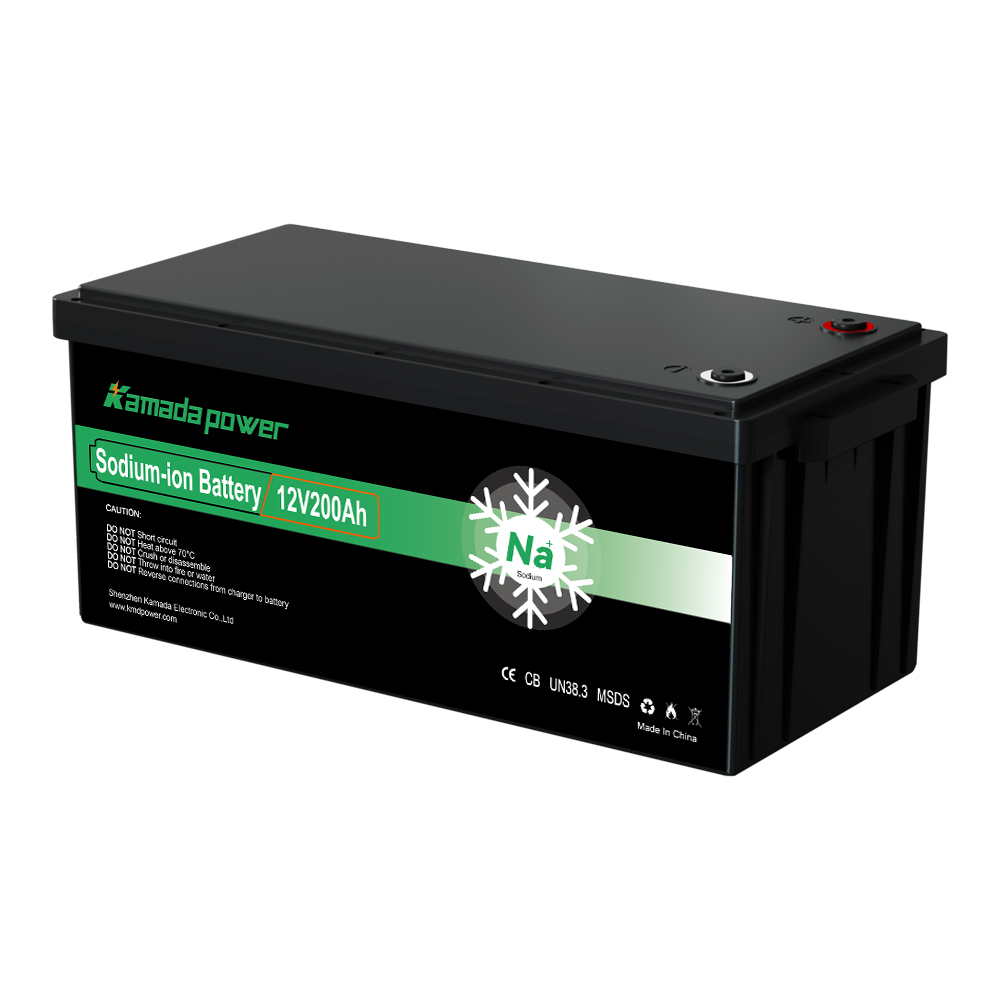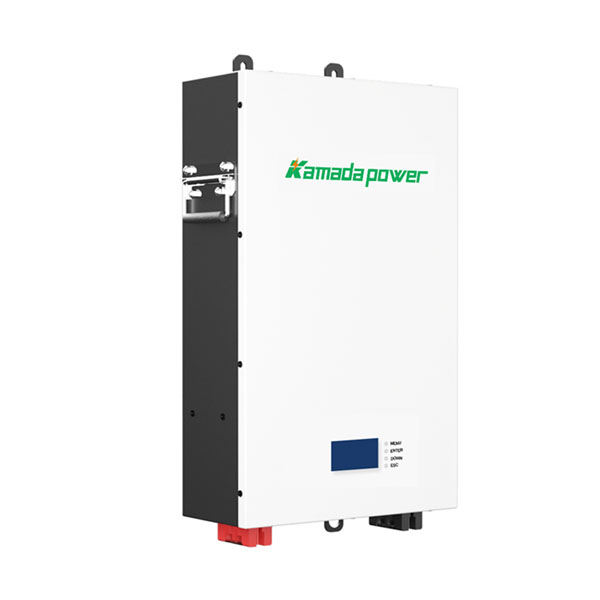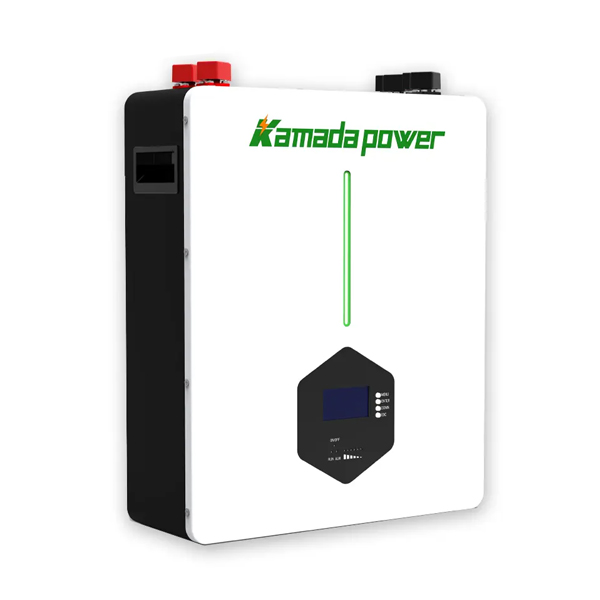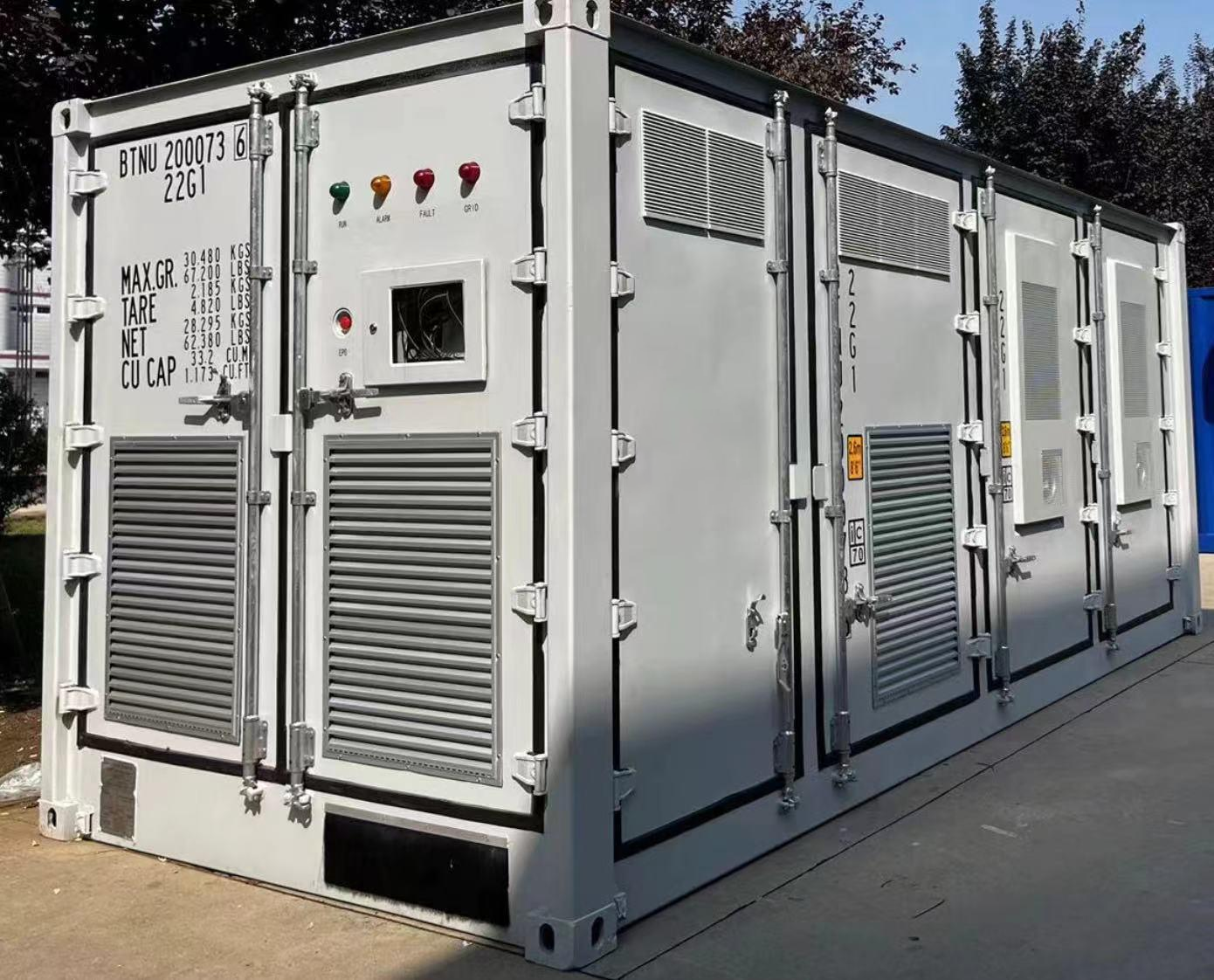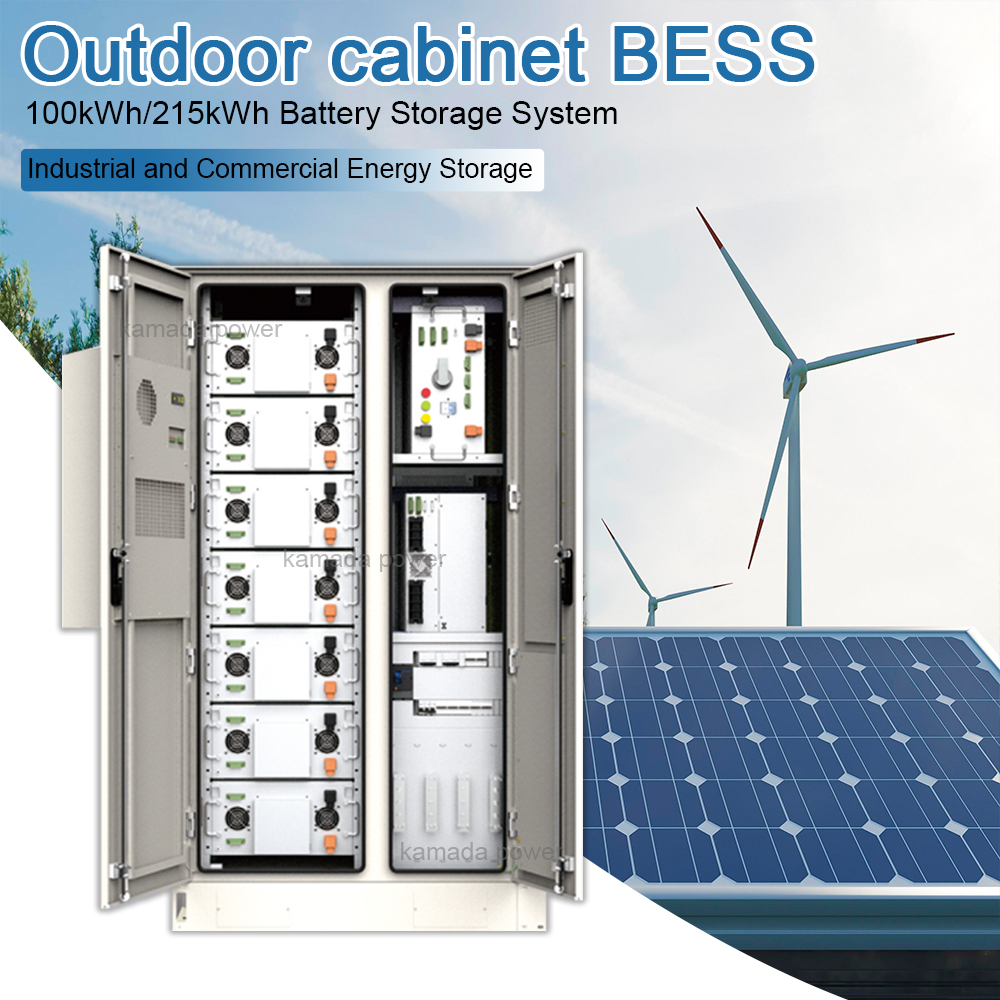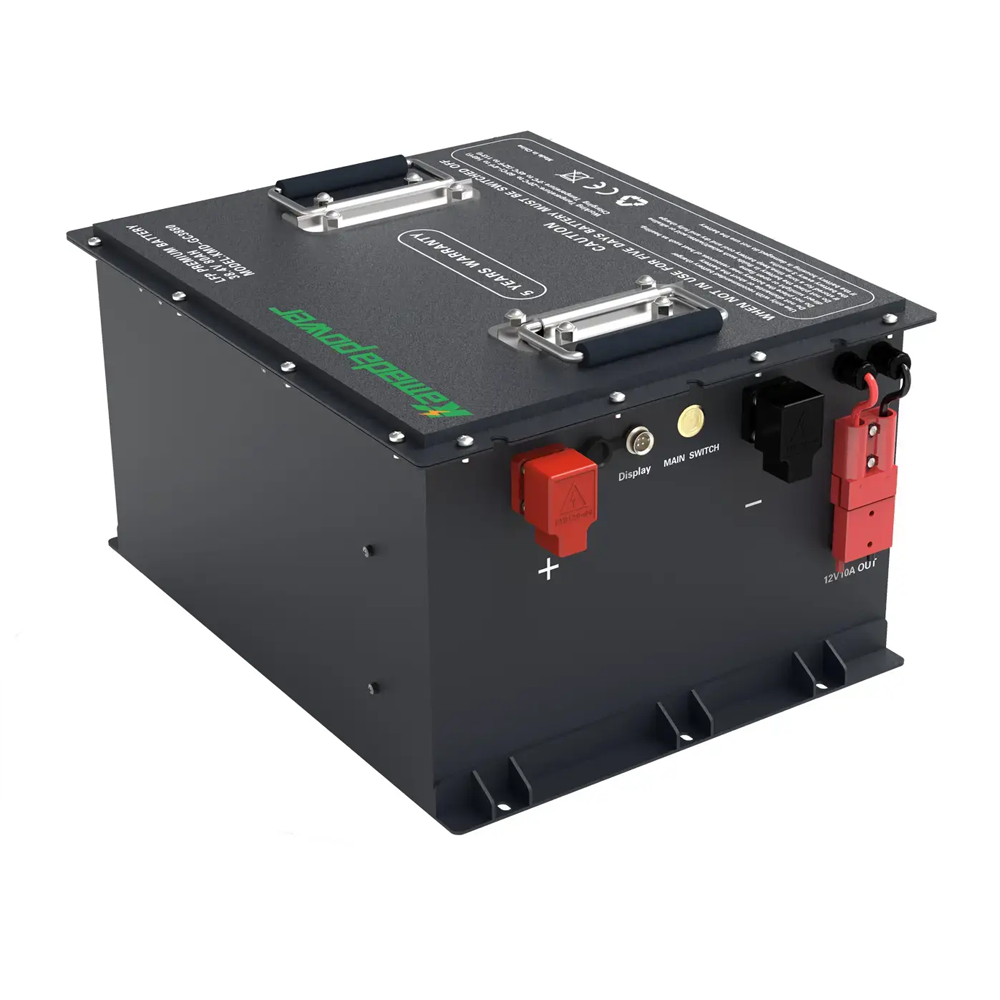Introduction
As global demand for renewable energy increases, All in One Solar Power Systems are emerging as a popular choice for home energy management. These devices integrate solar inverters and energy storage systems into a single unit, providing an efficient and convenient energy solution. This article will delve into the definition, benefits, applications, and effectiveness of All in One Solar Power Systems, and assess whether they can fully meet home energy needs.
What is All in One Solar Power System?
An All in One Solar Power System is a system that integrates solar inverters, energy storage batteries, and control systems into a single device. It not only converts the direct current (DC) generated by solar panels into the alternating current (AC) needed for home appliances but also stores excess energy for later use. The design of All in One Solar Power Systems aims to provide a highly integrated solution that simplifies system configuration and maintenance.
Key Functions
- Power Conversion: Converts the DC generated by solar panels into AC required by household appliances.
- Energy Storage: Stores excess energy for use during times when sunlight is insufficient.
- Power Management: Optimizes the use and storage of electricity through an integrated smart control system, ensuring efficient operation.
Typical Specifications
Here are the specifications for some common models of Kamada Power All in One Solar Power Systems:
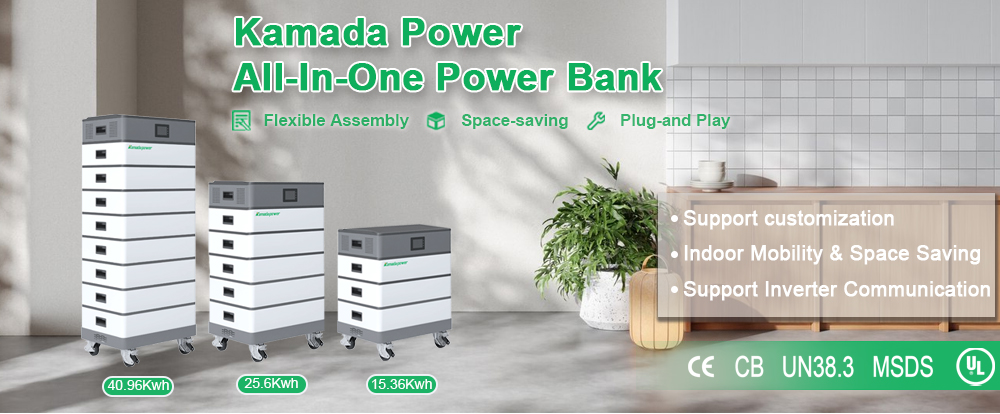
Kamada Power All in One Solar Power System
| Model | KMD-GYT24200 | KMD-GYT48100 | KMD-GYT48200 | KMD-GYT48300 |
|---|---|---|---|---|
| Rated Power | 3000VA/3000W | 5000VA/5000W | 5000VA/5000W | 5000VA/5000W |
| Number of Batteries | 1 | 1 | 2 | 3 |
| Storage Capacity | 5.12kWh | 5.12kWh | 10.24kWh | 15.36kWh |
| Battery Type | LFP (LiFePO4) | LFP (LiFePO4) | LFP (LiFePO4) | LFP (LiFePO4) |
| Max Input Power | 3000W | 5500W | 5500W | 5500W |
| Weight | 14kg | 15kg | 23kg | 30kg |
Advantages of All in One Solar Power Systems
High Integration and Convenience
All in One Solar Power Systems consolidate multiple functions into a single unit, reducing the common issue of scattered equipment found in traditional systems. Users only need to install one device, ensuring better compatibility and coordination. For example, the KMD-GYT24200 integrates the inverter, energy storage battery, and control system into a compact enclosure, greatly simplifying installation and maintenance.
Space and Cost Savings
The integrated design of All in One Solar Power Systems not only saves installation space but also reduces overall costs. Users do not need to purchase and configure multiple separate devices, thus lowering both equipment and installation expenses. For instance, the design of the KMD-GYT48300 model saves approximately 30% in space and cost compared to traditional systems.
Improved Efficiency
Modern All in One Solar Power Systems are equipped with advanced smart control systems that can optimize power conversion and storage processes in real-time. The system adjusts power flow based on electricity demand and sunlight conditions to enhance overall efficiency. For example, the KMD-GYT48100 model features a high-efficiency inverter with a conversion rate of up to 95%, ensuring maximum utilization of solar energy.
Reduced Maintenance Needs
The integrated design of All in One Solar Power Systems reduces the number of system components, thereby lowering maintenance complexity. Users need to focus on a single system rather than multiple devices. Additionally, the built-in smart monitoring system provides real-time status and fault reports, helping users perform timely maintenance. For instance, the KMD-GYT48200 model includes smart fault detection that automatically sends alerts in case of issues.
Applications of All in One Solar Power Systems
Residential Use
Small Homes
For small homes or apartments, the KMD-GYT24200 All in One Solar Power System is an ideal choice. Its 3000W power output is sufficient to meet basic household electricity needs, including lighting and small appliances. The compact design and lower investment cost make it an economical option for small homes.
Medium-Sized Homes
Medium-sized homes can benefit from the KMD-GYT48100 system, which provides 5000W of power suitable for moderate electricity needs. This system is suitable for homes with central air conditioning, washing machines, and other appliances, offering good expandability and meeting daily electricity requirements.
Large Homes
For larger homes or high-power requirements, the KMD-GYT48200 and KMD-GYT48300 models are more appropriate choices. These systems offer up to 15.36kWh of storage capacity and high power output, capable of supporting multiple appliances simultaneously, such as electric vehicle charging and large household appliances.
Commercial Use
Small Offices and Retail Stores
The KMD-GYT24200 model is also suitable for small offices and retail stores. Its stable power supply and energy savings can help reduce operational costs. For example, small restaurants or retail shops can use this system to provide reliable power while saving on energy expenses.
Medium-Sized Commercial Facilities
For medium-sized commercial facilities, such as mid-sized restaurants or retail stores, the KMD-GYT48100 or KMD-GYT48200 models are better suited. These systems’ high power output and storage capacity can meet the high electricity demands of commercial locations and provide backup power in case of outages.
How to Determine if an All in One Solar Power System Meets Your Home Needs
Assessing Home Energy Requirements
Calculating Daily Electricity Consumption
Understanding your home’s electricity consumption is the first step in selecting an All in One Solar Power System. By tallying the power consumption of all household appliances and devices, you can calculate the daily electricity needs. For example, a typical home might consume between 300kWh and 1000kWh per month. Determining this data helps in selecting the appropriate system capacity.
Identifying Peak Power Needs
Peak power demands usually occur in the morning and evening. For example, during morning hours when appliances like washing machines and air conditioners are in use. Understanding these peak demands helps in choosing a system that can handle these requirements. The KMD-GYT48200 model’s high power output can address peak power needs effectively.
System Configuration
Choosing the Right System Power
Selecting the appropriate inverter power depends on your home’s electricity needs. For instance, if your daily electricity consumption is 5kWh, you should choose a system with at least a 5kWh storage capacity and corresponding inverter power.
Storage Capacity
The capacity of the storage system determines how long it can supply power when sunlight is not available. For a typical home, a 5kWh storage system generally provides a day’s worth of electricity without sunlight.
Financial Considerations
Return on Investment (ROI)
ROI is a crucial factor in assessing the economic viability of an All in One Solar Power System. By calculating the savings on electricity bills against the initial investment, users can evaluate the return on investment. For example, if the initial investment is $5,000 and annual electricity savings are $1,000, the investment could be recovered in approximately 5 years.
Government Incentives and Subsidies
Many countries and regions offer financial support and incentives for solar power systems, such as tax credits and rebates. These measures can significantly reduce the initial investment costs and improve ROI. Understanding local incentives can help users make economically sound decisions.
Installation and Maintenance of All in One Solar Power Systems
Installation Process
Preliminary Assessment
Before installing an All in One Solar Power System, a preliminary assessment is needed. This includes evaluating the home’s electricity needs, assessing the installation location, and confirming system compatibility. It is advisable to hire a professional solar technician for evaluation and installation to ensure proper system operation.
Installation Steps
- Choose the Installation Location: Select a suitable location for installation, typically where it can receive ample sunlight to ensure optimal system performance.
- Install the Equipment: Mount the All in One Solar Power System in the chosen location and make electrical connections. The installation process usually involves connecting the battery, inverter, and solar panels.
- System Commissioning: After installation, the system must be commissioned to ensure it operates correctly and undergo performance testing.
Maintenance and Care
Regular Checks
Regularly checking the health of the system is key to ensuring long-term stable operation. For example, quarterly inspections of battery health, inverter performance, and power output are recommended.
Troubleshooting
All in One Solar Power Systems come with smart monitoring systems that can detect and report faults in real-time. When a fault occurs, users can obtain fault information through the monitoring system and promptly contact technical support for repairs.
Can You Rely on Solar Power to Completely Power Your Home?
Theoretical Possibility
In theory, it is possible to rely
entirely on solar power to power a home if the system is configured to meet all electricity needs. Modern All in One Solar Power Systems can provide adequate power supply and use storage systems to continue supplying power when sunlight is unavailable.
Practical Considerations
Regional Differences
Sunlight conditions and climate significantly affect the power generation capability of solar systems. For example, sunny regions (like California) are more likely to support complete reliance on solar power, while areas with frequent cloudy weather (like the UK) may require additional storage systems.
Storage Technology
Current storage technology has some limitations in capacity and efficiency. Although large-capacity storage systems can provide extended backup power, extreme situations may still require supplemental traditional power sources. For example, the 15.36kWh storage capacity of the KMD-GYT48300 model can support multi-day power needs, but additional backup power may be necessary in extreme weather conditions.
Conclusion
The all-in-one solar power system integrates solar inverters, energy storage, and control systems into a single device, offering an efficient and streamlined solution for home energy management. This integration simplifies installation, saves space and costs, and enhances energy efficiency through advanced control systems.
However, the initial investment for an all-in-one system is relatively high, and its performance depends on local sunlight conditions. In areas with insufficient sunlight or for homes with higher energy demands, traditional power sources may still be necessary.
As technology advances and costs decrease, all-in-one systems are likely to become more widespread. When considering this system, evaluating your home’s energy needs and local conditions will help make an informed decision and maximize its benefits.
If you are considering investing in an All in One Solar Power System, it is recommended to contact a professional All in One Solar Power System Manufacturers Kamada Power for Customized All in One Solar Power System Solutions. Through detailed needs analysis and system configuration, you can select the most suitable energy storage solution for your home or business.
Frequently Asked Questions (FAQ)
Is the installation process for All in One Solar Power Systems complex?
Compared to traditional systems, the installation of All in One Solar Power Systems is relatively straightforward because the system integrates multiple components. Installation typically involves basic connections and configuration.
Q2: How does the system provide power when there is no sunlight?
The system is equipped with an energy storage system that stores excess power for use during cloudy days or at night. The size of the storage capacity determines how long the backup power will last.
Can solar power systems completely replace traditional power sources?
In theory, yes, but actual effectiveness depends on regional sunlight conditions and storage technology. Most households may need to combine solar power with traditional sources to ensure reliable power supply.
Q4: How often should an All in One Solar Power System be maintained?
Maintenance frequency depends on usage and environmental conditions. It is generally recommended to perform a comprehensive check annually to ensure the system operates correctly.


